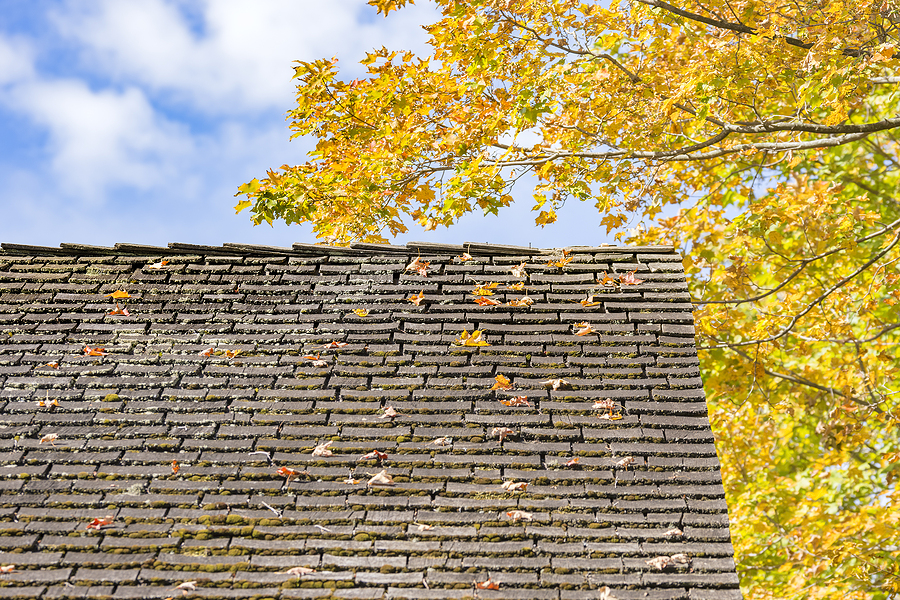
A nagging tickle in your throat has you coughing nonstop for hours and keeps you up all night. No matter how much you cough, you can’t seem to clear your throat. You’ve coughed so much your throat stings. Coughs may … Continue reading
READ MORE
Mold and mildew are common fungi found worldwide. They thrive where they have a food source and a moist, warm environment. They’re one of the most common allergy triggers, and when you experience a mold allergy, you feel miserable for what feels like an eternity.
Autumn’s falling leaves, dying garden plants, and rainy weather kick mold season into high gear. Organic debris, such as leaves, pine needles, tree branches, and mowed grass, becomes wet and decays.
Mold growth is part of the process. Cooler temperatures and longer nights enable soil and piled leaves to retain moisture for longer periods.
Outdoor mold is at its highest levels in the late summer and fall, and every time you go outside for a walk, to check the mail, or to complete some last-minute yardwork, you’re breathing that mold in.
Head inside, and you’re still exposed to mold spores. It builds up in ducts over time. When you turn on the heat, you’re blowing existing mold spores into every room in your house. You take a shower and fill your bathroom with humidity. Moisture clings to a cooler window, where it fosters the growth of mold and mildew.
When you have allergies, fall can be one of the worst times of the year. Understanding mold’s growth patterns and favorite habitats is one small part of easing your allergy symptoms.
Mold exists everywhere, and it’s essential when it comes to cleaning the environment of rotting vegetation. However, people have heard the term “black mold” so often that the mere thought of mold in their home evokes fear and panic.
Any type of mold found within the home is a problem. It’s not as deadly as you hear, but it can trigger severe allergies and asthma attacks. This is why it’s important to address mold when you find it in your home.
Six of the most common types of allergenic mold are:
Fall and winter are prone to the spread of colds. People are often indoors, in crowded areas for holiday gatherings, which makes a virus like a chest cold spread easily.
One of the easiest ways to distinguish between a cold and allergies is by the symptoms. Allergies are more likely to trigger itchy, watery eyes and clear, dripping mucus. The reason for these symptoms is largely due to how a mold allergy progresses.
You breathe a mold spore. Your immune system sees this spore as an intruder and triggers a histamine response to fight it. That response causes your airways and sinuses to become inflamed, producing mucus to flush out the irritant.
Typically, mold spores decline when the humidity issue is resolved. Long-term mold allergies become a bigger issue as they increase the risk of chronic sinusitis. Chronic sinusitis is a sinus infection that lasts more than three months.
Another risk is more dangerous. Mold allergies can progress and trigger asthma. If you reach this point, you may need to use an inhaler and attend multiple appointments with your doctor to ensure that asthma is under control, using the medications that you and your doctor believe are the most effective.
Allergies are often merely frustrating, but they can become serious. It’s essential to take measures to minimize your mold allergies. Protect your sinuses from excessive mold using these tips.
1. Mold-Proof Your California Home
Keeping mold out of your home is vital. The best way to do this is by monitoring your home’s humidity levels. If they exceed 50% when your heat is on, use a dehumidifier to lower the humidity level to between 30% and 49%.
2. Ventilation is Vital:
Your bathrooms require exhaust fans to remove the humidity generated by a bath or shower. If you have a window, opening the window while you shower helps. If that’s not an option, a dehumidifier is also recommended.
3. Monitor for Leaks
Check your drains for leaks. Inspect your ceilings and windows for signs that water is entering your home. If there’s a leak, you typically need to repair it and dry the area within 48 hours to prevent mold growth.
If you have condensation on windows, wipe them dry each day. For example, you’re cooking pasta and your kitchen window fogs up. Wipe it dry when you’re done cooking.
4. Use HEPA Air Filtration
Invest in air purifiers and place them in high-traffic rooms. If you spend most of your day in your home office, make sure you have an air purifier in that room. Bedrooms and living rooms are also areas where you should consider having a HEPA air purifier.
If you have carpeting, a vacuum with a HEPA filter is essential for keeping your home clean. You should also look at high-efficiency HEPA filters and UV light if you have a forced hot air HVAC system.
5. Rake Leaves With Care
When you’re outside, clean your yard of wet leaves as soon as you can. Wear a mask when you rake, and dispose of the leaves as quickly as possible. You don’t want wet leaves sitting in piles for days. Make sure you have them in your green waste bin in time for collection.
After you rake leaves, check any gutters for wet leaves and debris. Keep your gutters clear to prevent them from clogging and backing up, which can lead to water entering your home.
When you experience mold allergies, over-the-counter remedies offer temporary relief. Antihistamines help lower the histamine reaction that triggers inflammation and your discomfort. Nasal corticosteroid sprays, such as fluticasone (Flonase) or mometasone (Nasonex), also help reduce inflammation.
OTC allergy medications can dry out your sinuses and trigger a headache. Some people prefer to use saline nasal rinses to clean their sinuses and ease pressure caused by excess mucus. That is another option.
Stay hydrated to keep mucus thin. If it thickens, you’re at higher risk of developing a sinus infection, which only adds to your discomfort. Drink plenty of water and hot beverages, such as lemon water or tea.
You don’t have to suffer from mold allergies. When they’re persistent or OTC allergy medications no longer ease your symptoms, see an allergist.
Your allergy doctor runs tests to determine if you have allergies and what allergens impact your health. With that information, your doctor develops a lasting, effective treatment that ensures you feel better.
Ask the team at Premium Allergy & Respiratory Center about advancements in allergy treatments. Allergy shots are an option, but you may prefer the needle-free sublingual drops, which you can take in the comfort of your own home.